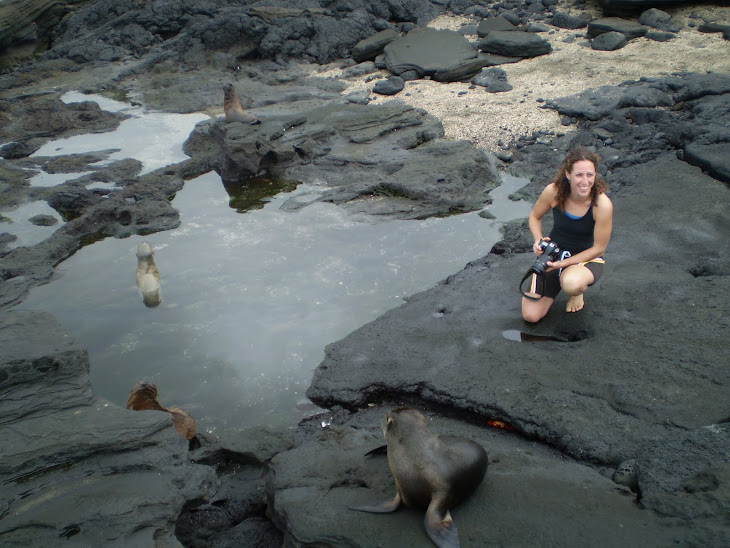The elephant I’m referring to is the matriarch of a herd that frequents Lewa. At an age estimate of 15-20 years, and an approximate weight of 5000+ kg, this female was fitted with a radio collar last Thursday and Kate and I were fortunate to be allowed to tag along.
In our two-vehicle convoy, we set off with rangers, the vet, other guests, and Ian Craig, the son of the founding family of Lewa. Off-roading in search of the matriarch, we come across her in long grasses surrounded by her three calves and nearby friends. We are positioned downwind from her and a plan is derived for a quick effective immobilization. Tracking the movements of the matriarch makes sense to gain insights into elephant dispersal patterns. GPS collars are relied upon as they communicate waypoints over a fixed time interval – and the one outfitted for this individual is no different.

I watch the matriarch as conversation revolves around the issue of safety and the calves. The calves are not likely to leave her side, but they can be momentarily chased away with our vehicles. At this moment, she has placed her trunk flat on the ground. Feeling the vibrations and low frequency emissions around her – up to 10km -, she is listening through her feet and trunk – an amazing feat for a terrestrial animal. I watch her listen. Is she listening to us? As cognition in animals is sometimes measured through brain size - specifically the convoluted structure of the neocortex to body mass ratios - the African elephant species qualifies as intelligent and sentient. Thought to be able to feel compassion, sadness, and other incalculable traits, I can’t help wonder what she has tuned herself into and what she might be pondering.
Not much she can do now, she is darted and she takes off in fright. It will take a few minutes for the drugs to settle in, but the danger is that her levels of epinephrine can overcome the inhibitory effect of some drugs – depending on the drug, of course. I didn’t get a chance to ask the vet what he used, it would have been one of those curiosity questions that has a place and time – neither of which was right at that moment as we set off by vehicle in hot pursuit of the matriarch. Down ridges, over hills, we bounce along hoping any minute she will show signs of immobility. Finally she comes to a stop and her hind legs give way; she is slowly setting into tranquility. We circle around her and communicate with the other vehicle of the whereabouts of the calves and other elephants. One calf stays by her side, and shows signs of anxiety. This calf is shooed off by the vehicle and one ranger jumps out to blindfold the matriarch with her large ears in an effort to reduce environmental stress on the animal.

Quickly, the 20lb collar is fitted tightly on her, and we seize the opportunity to touch her. We listen to her deep breathing and hold her airway open via the trunk. We are taken away by the whole experience. I think we jumped on cloud 9 with her for a little while.

Using a reversal, the vet brings her out of her sleep and we watch as she slowly finds her way back into the reality of savannah life. She will be tracked for the next 2 years, and she will teach us more than she probably realizes.


No comments:
Post a Comment